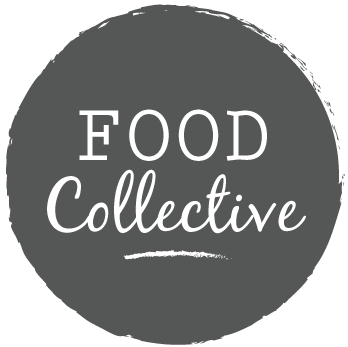
Chef's Pantry
- Home
- SK Food Collective
- Chef’s Pantry
Ever wanted the opportunity to discover what is in a chef’s pantry and kitchen?
Here is your chance to peek inside….and gain the insight to act as a guide to equipment and ingredients for your success in the kitchen.
We have done the groundwork for you as to the must have guide for your kitchen.
Kitchen essential tools
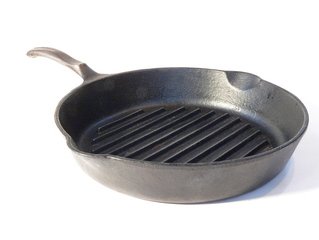
Fry pan
There are 2 choices- cast iron if you have gas or a Teflon style if you have electric. Teflon is fine on either, whereas, cast iron on electric or halogen is a waste of time. This is because you cannot regulate the heat on an electric.

Ladle
Possibly not necessarily an essential item depending on your meals and the cooking you do, however, if you do buy one again we would recommend purchasing it from a commercial kitchen as you get what you pay for.
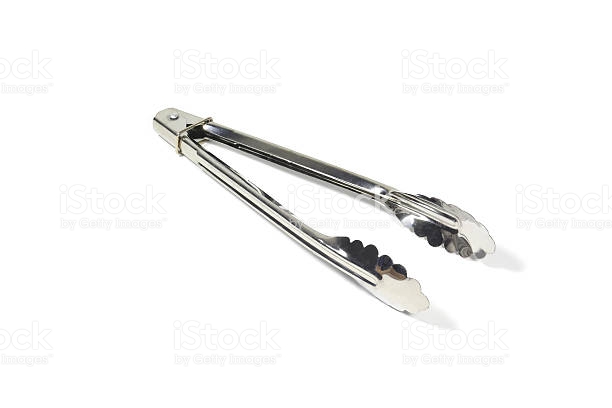
Tongs
It is worthwhile investing in a solid and good pair of tongs. The spring in a pair of cheap tongs will die in no time.

Baking Tray
It’s essential that you spend a few more dollars here as this will avoid hours in the sink. There are so many varieties again we recommend you purchase it from a commercial store.

Egg Flipper
The type that is purchased from a commercial kitchen supplier, because again, the quality of the spatula at the end of your flipper and the design of the angle will ensure that you actually turn and remove you food instead of killing your fry pan. It won’t rust and will last for years as opposed to your local store variety.

Male and Female spoon
They too need to be purchased from a kitchen supplier. The female perforated spoon allows the food to drain while removing the liquid. A male is good for serving. These 2 items whilst being stainless steel will last forever, cost only $5-7 each and are about a foot in length.

Knives
A good quality knife is definitely an essential. You will need a few in your kitchen. The minimum would be: 1 x flat blade prep knife & 1 x a serrated bread knife.
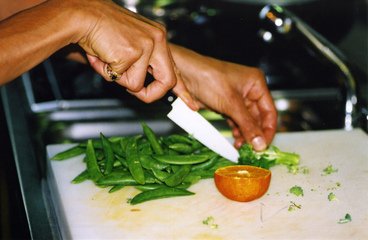
Chopping boards
Plastic nylon board are the easiest to keep clean. It’s recommended to use a separate board for meats and vegetables.

Casserole dish
An 8-10 litre casserole pot. This item you can buy from a dollar store. They don’t have to be Pyrex as for casseroling the rules change. When you do a casserole, currying or stewing the quality of the utensil is not as essential.
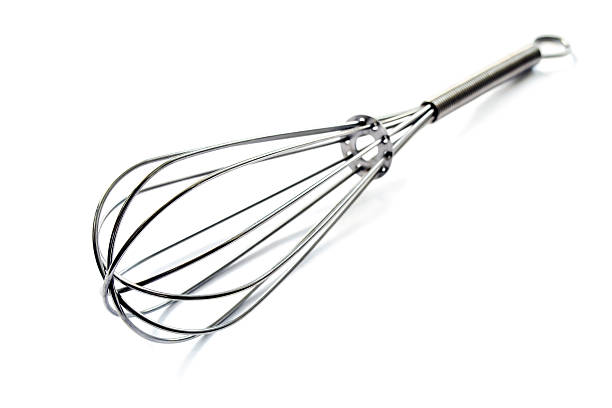
Whisk
A whisk can assist to mix faster and provide a smooth consistency. It can be used with may a recipe.
Common conversions for cooking

Cooking conversions
100gms = 2 tablespoons
2 dessertspoons (spoons you normally eat off) = 1 tablespoon
1 dessertspoon = 2 teaspoons
250 ml = approx 1 cup
1 tablespoon = 20 ml
1 teaspoon = 5 ml
2 dessertspoons (spoons you normally eat off) = 1 tablespoon
1 dessertspoon = 2 teaspoons
250 ml = approx 1 cup
1 tablespoon = 20 ml
1 teaspoon = 5 ml
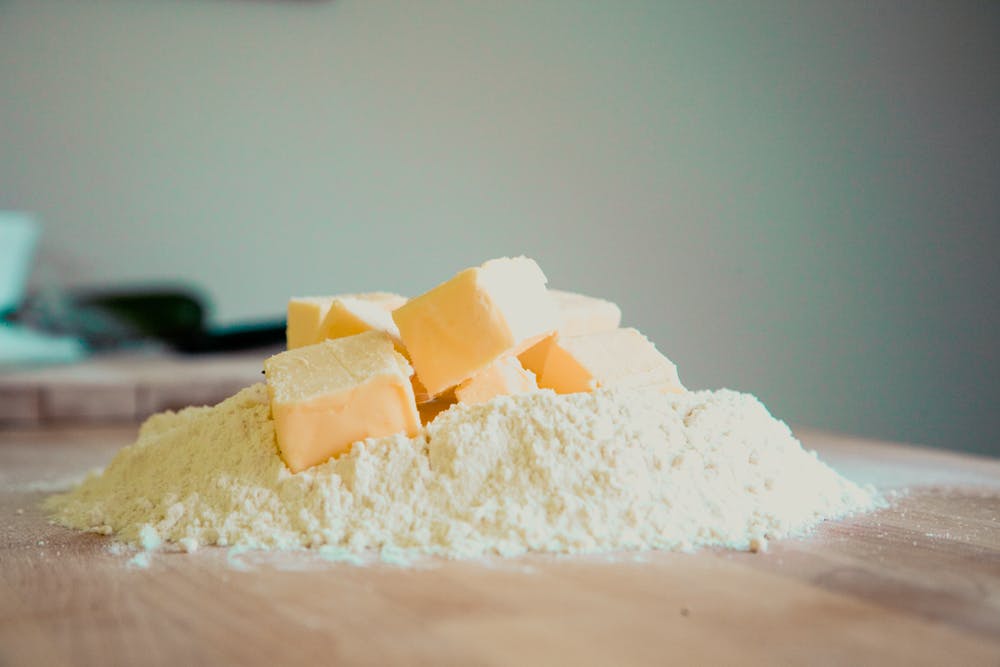
Specific conversion examples
1 cup of butter = 250 gm / 3 tablespoons = 60 gm
1 cup of flour = 125 gm
1 cup sugar = 220 gm (white & castor sugar. Brown sugar 1 cup = 155 gm).
1 cup of flour = 125 gm
1 cup sugar = 220 gm (white & castor sugar. Brown sugar 1 cup = 155 gm).
Glossary of terms
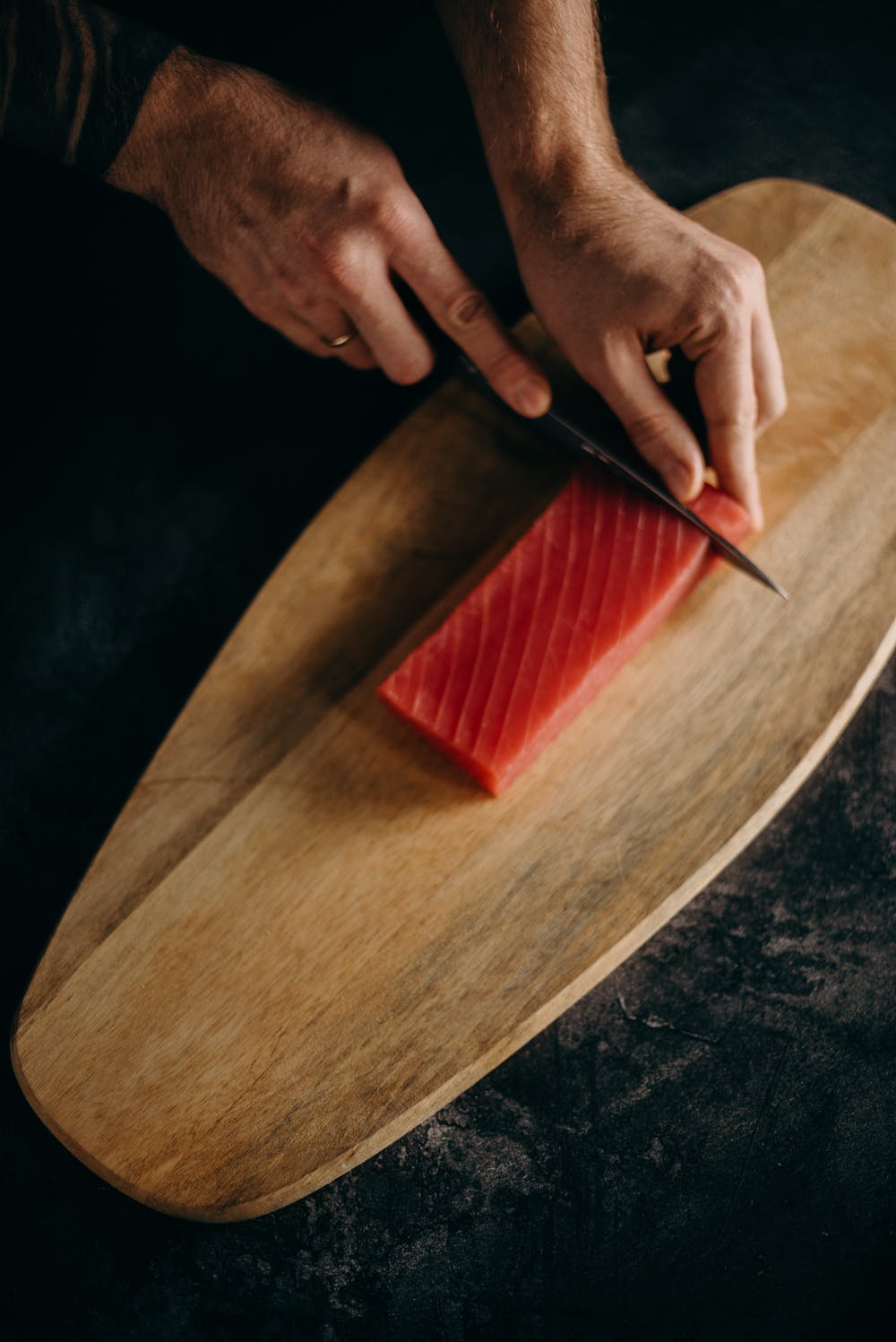
Scored
To slice the meat or fish in a naughts and crosses style way.
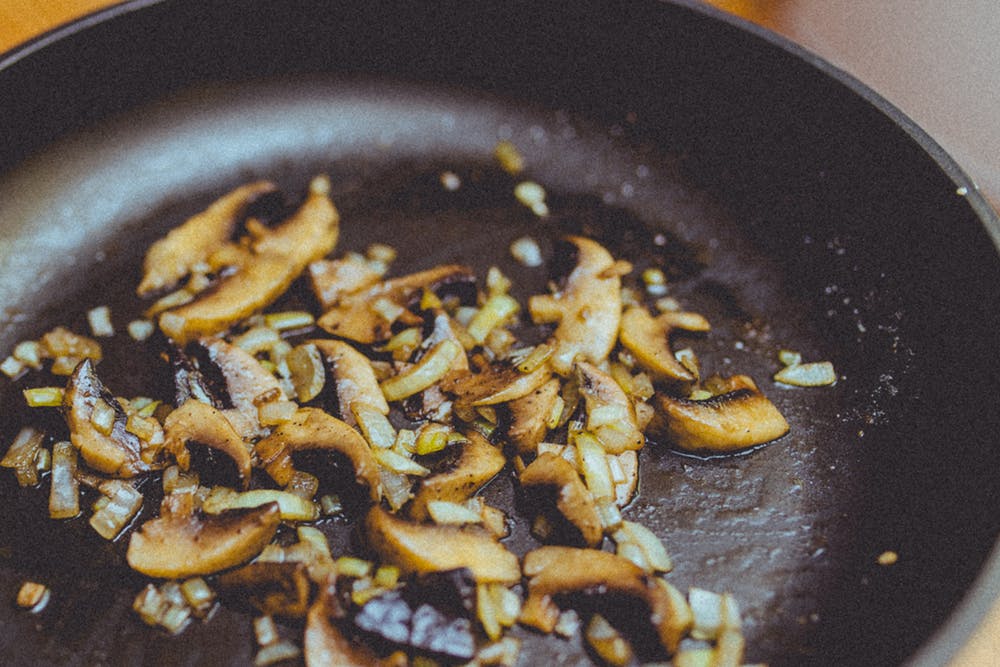
Sauteed
Lightly fried.
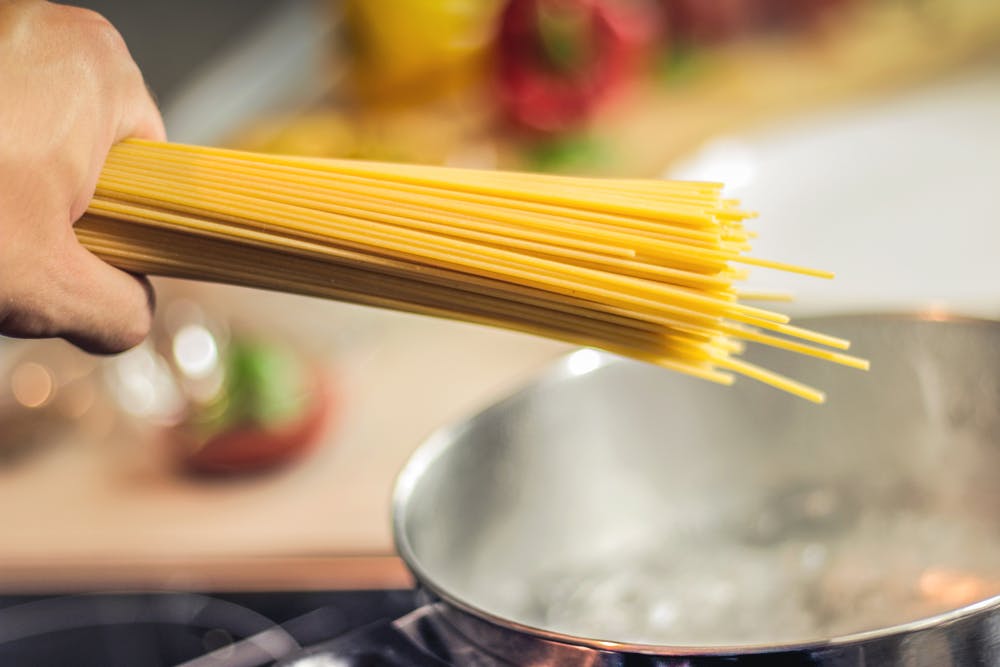
Al dente
When cooking vegetables, pasta or rice the idea is not to steam, fry or boil the goodness from the food you are cooking. The word Al dente means to under-cook slightly so as to preserve goodness and texture and quality of the food you are preparing. It is very easy to achieve. Imagine if you were to overcook your potatoes for a potato salad then you would end up with mush. The same theory is applied here.
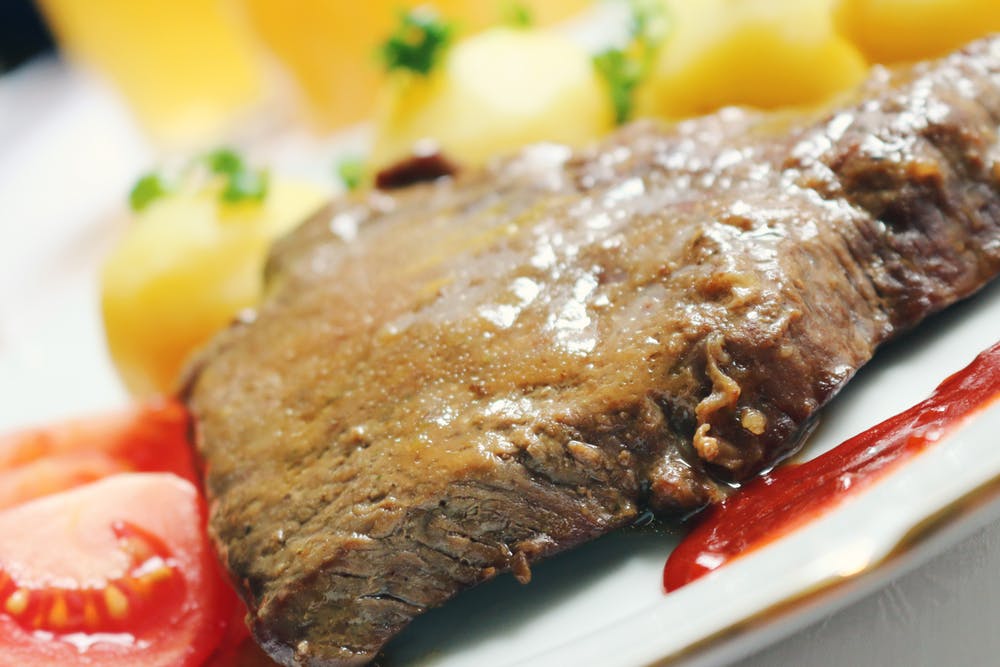
Browning
For instance, for braised steak or a stew, you would either season or flour your meat or chicken, and then fry or grill your meat before braising as to seal the juices before the braising or stewing process begins. This is also for curries.

Cubed
Think of a large dice.
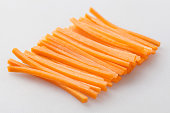
Julienne
Is a French term for considerably thin match stick or less.
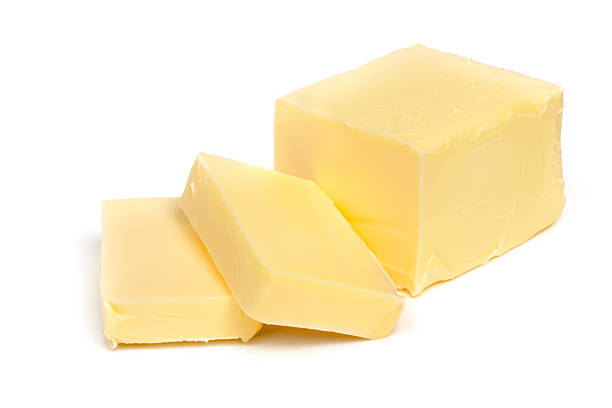
Grease
To rub butter or oil onto a baking pan to prevent food from sticking. Use a paper towel or waxed paper to rub all corners and edges of pan.
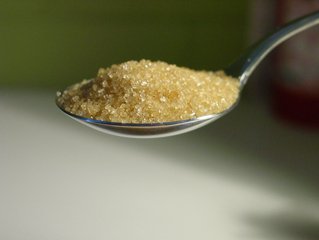
Pack
Used mostly with brown sugar, is to press the sugar firmly into a measuring cup so that it is not loose.

Braise
Usually cooking method in the oven to ensure softening of the meat or vegetables. It is sealed whether it is by foil or a lid for softening at high steam.
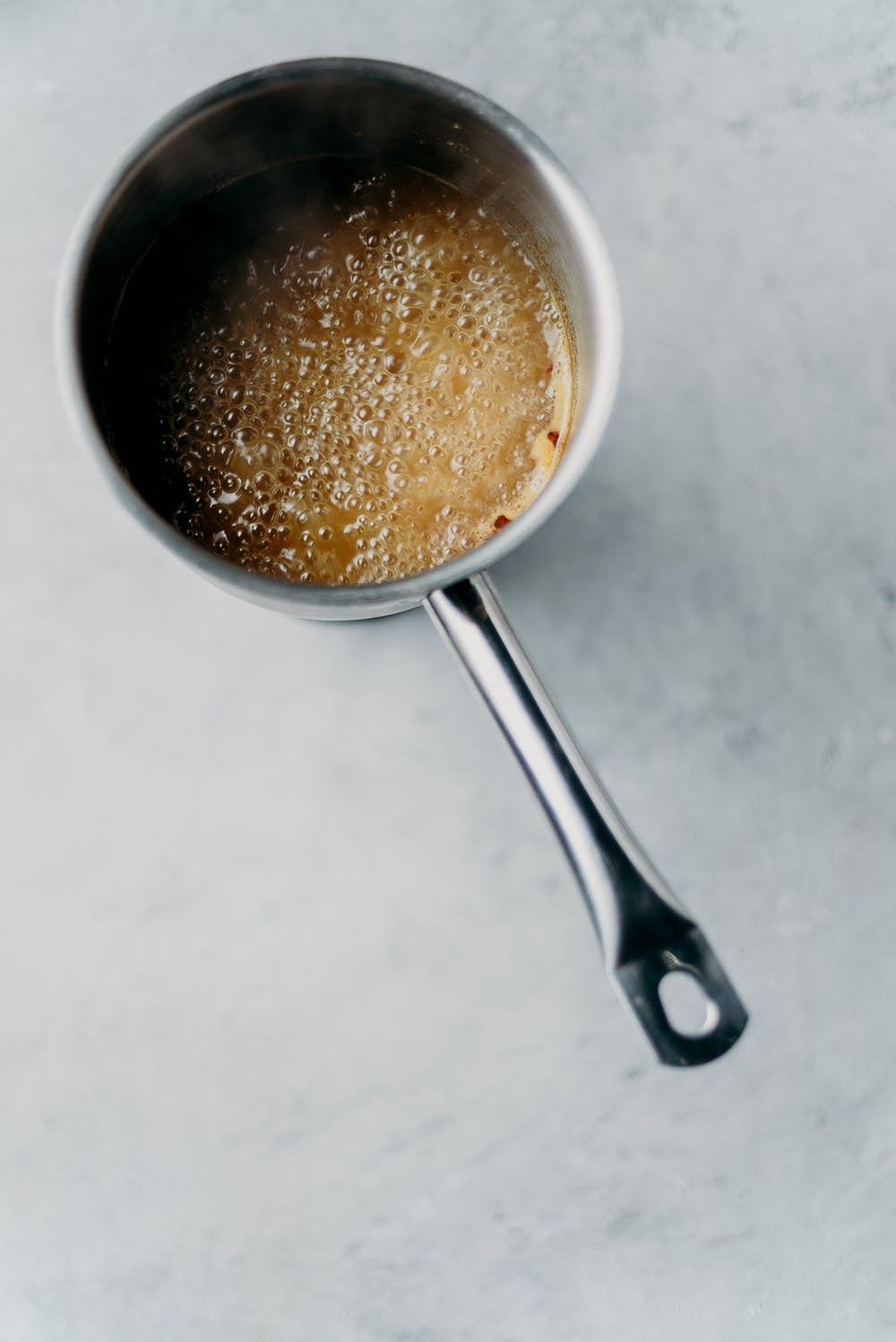
Reducing
Is used to either water, cream or milk reduction which simply means to simmer until your liquids evaporate which naturally thickens what you are cooking.

Comfit
Is a French term for cooking it at high and fast heat to sear your meat as to seal it and conceal the juices.
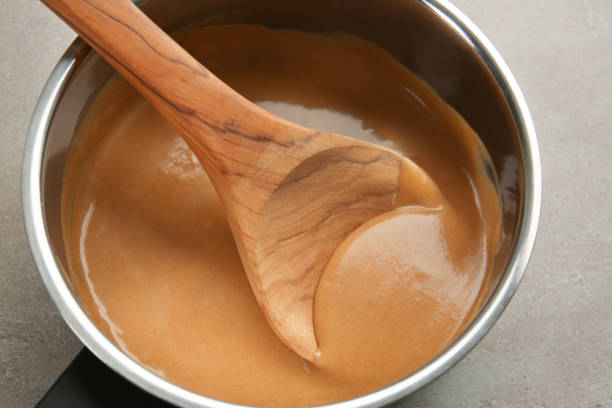
Roux
Browned butter and flour over a very low heat. You would mix until you have a dry paste. You use it for thickening or milk sauces.

Cream
To beat/blend something until it is soft and smooth.
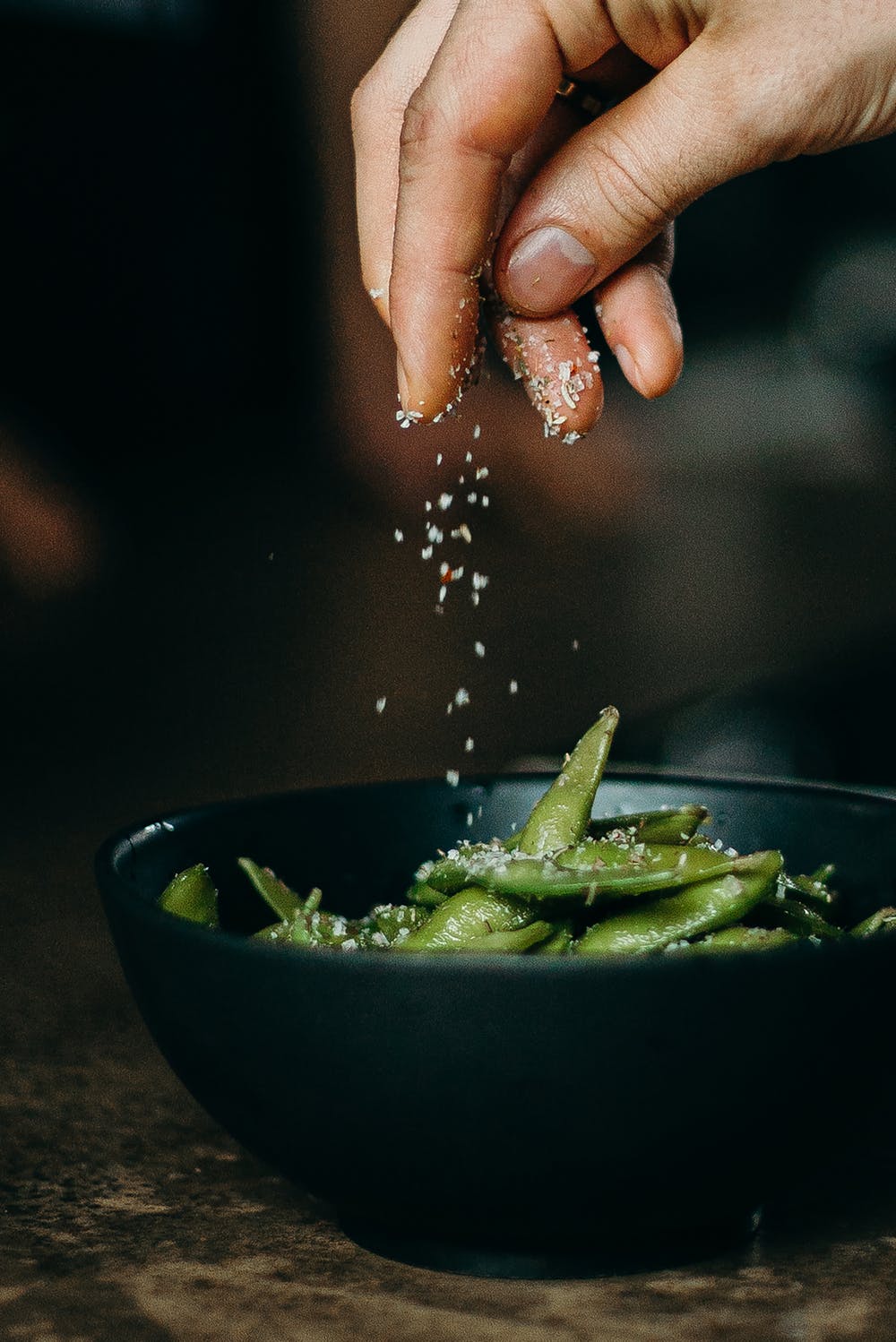
Pinch (or dash)
A few grains (a dash is usually a small amount picked up by pinching a small amount between two fingers).
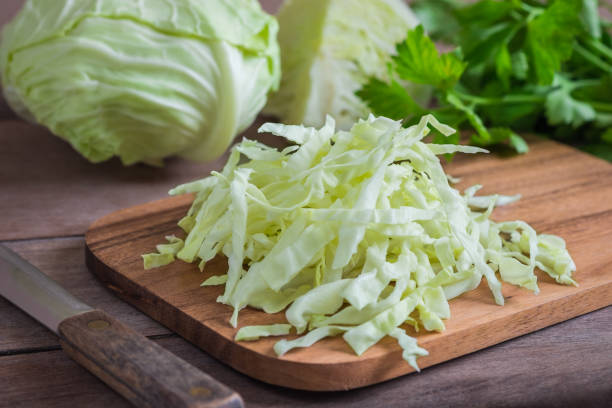
Shred
To use a knife or shredder to make long, thin pieces (lettuce, cheese, etc.).

Sift
To shake dry ingredients through a sieve or sifter to make them a fine powder and/or remove any lumps
Must have ingredients
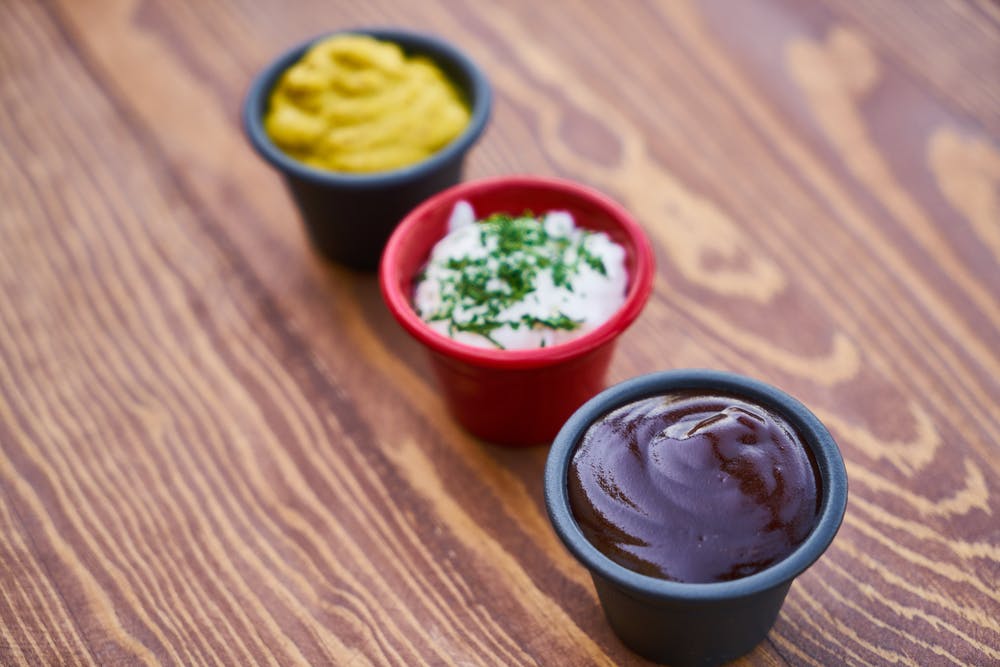
Sauces
These sauces can provide a base for many sauces, gravy, etc.
Worcestershire Sauce
Soy Sauce
BBQ Sauce
Sweet Chilli Sauce
Worcestershire Sauce
Soy Sauce
BBQ Sauce
Sweet Chilli Sauce
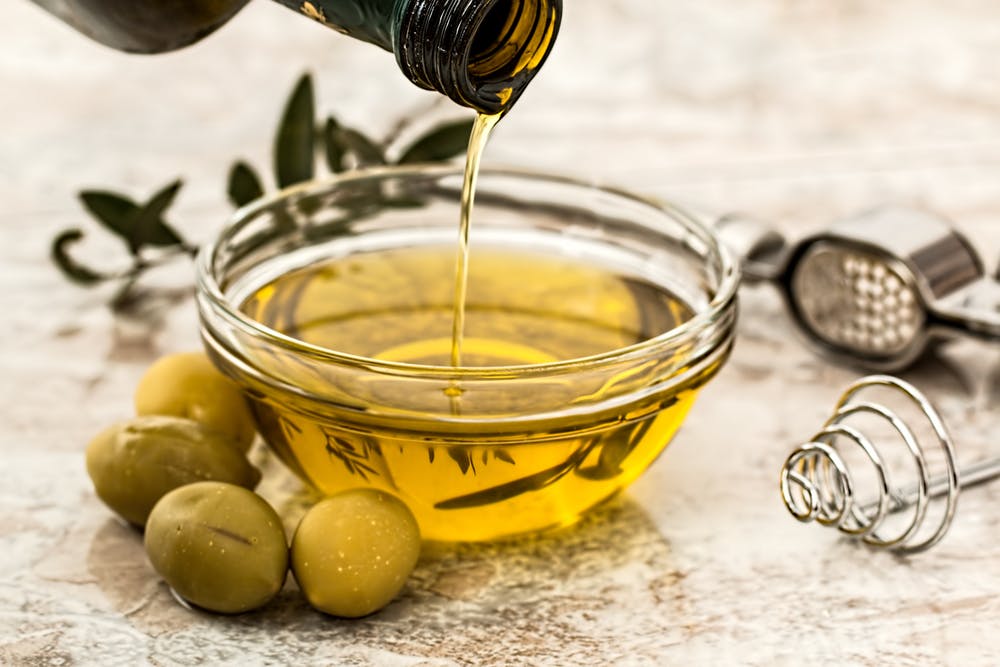
Staples
Having these items in your pantry can increase your options for sauces, gravy and meals.
Coconut milk or cream
Olive oil
Sesame oil
Coconut milk or cream
Olive oil
Sesame oil

Herbs
We recommend all herbs always be kept in the fridge whether they are fresh or dry. Fresh, if possible, is always the better choice.
Parsley
Basil
Mint
Lemongrass
Parsley
Basil
Mint
Lemongrass

Spices
Keep your fridge stocked with these items which will give you a variety of choice for what you cook.
Garlic
Pesto
Ginger
Cumin
Salt & pepper
Paprika
Garlic
Pesto
Ginger
Cumin
Salt & pepper
Paprika
